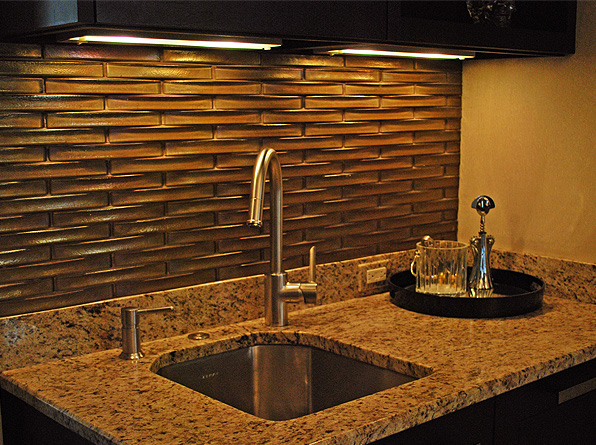
to those who love Architecture, the life and accent of the hand are everything. They had rather not http://t.co/3M1bzVlenJ
— Shannon (@scarlettarch) January 24, 2015

to those who love Architecture, the life and accent of the hand are everything. They had rather not http://t.co/3M1bzVlenJ
— Shannon (@scarlettarch) January 24, 2015

1. Start planning the lighting portion of your kitchen project early in the process.
2. Think about the lighting you have had in the past, how you will be using your new kitchen space, and what you hope to achieve in your new kitchen.
3. A central ceiling light with under cabinet in the task areas may be sufficient for a small kitchen. Larger kitchens present opportunities for using different light sources in combination.
4. Recessed lighting effectively illuminates counter and island areas with higher levels of light. Be sure to place the lights almost directly over the counters to avoid creating shadows. Adjustables may allow fine-tuning to light counters and cabinets. Recessed lights can also be used for general lighting, with special attention paid to placement for good general illumination.
5. For counter areas with cabinets directly above, under cabinet lights can be placed to eliminate shadows and dark areas. Under-cabinet lighting should generally be placed toward the front of the cabinet, with the light source hitting the backsplash.
6. Placing linear light sources above the cabinets is a beautiful design element that also adds function to your new kitchen. This will either brighten the ceiling or create a warm glow.
7. Pendants, mini pendants, or decorative chandeliers can be placed over the island or table for task lighting as well as for more ambient lighting.
8. Explore our Green Zone to discover the great kitchen lighting options available in LED lights and fluorescent lighting. Learn how dimmers and lighting control systems can reduce power consumption and save you money on your energy bill.
make an appointment with one of Wolfers’ expert lighting consultants or just visit our Greater Boston showrooms to view our kitchen lighting labs. Bring in your kitchen plans and your finish surfaces. Explore all of the ways you can light your kitchen and visualize how the light will appear in your home.
“Proportion is that agreeable harmony between the several parts of a building, which is the result of a just and regular agreement of them with each other; the height to the width, this to the length, and each of these to the whole.” -Vitruvius
“The ancients considered ten a perfect number, because the fingers are ten in number, and the palm is derived from them, and from the palm is derived the foot. … mathematicians, on the other hand, contend for the perfection of the number six, because, according to their reasoning, its divisors equal its number: for a sixth part is one, a third two, a half three, two-thirds four, … as the foot is the sixth part of a man’s height, [mathematicians] contend, that this number, namely six, the number of feet in height, is perfect: the cubit, also, being six palms, consequently consists of twenty-four digits. … finding the numbers six and ten perfect, they added them together, and formed sixteen, a still more perfect number. The foot measure gave rise to this, for subtracting two palms from the cubit, four remains, which is the length of a foot; and as each palm contains four digits, the foot will consequently contain sixteen.”
from Marcus Vitruvius Pollio: de Architectura, Book I